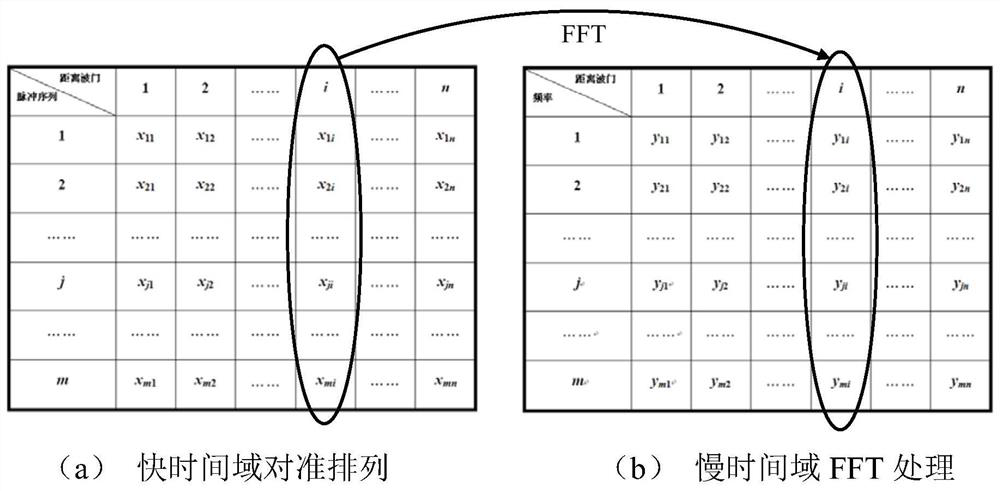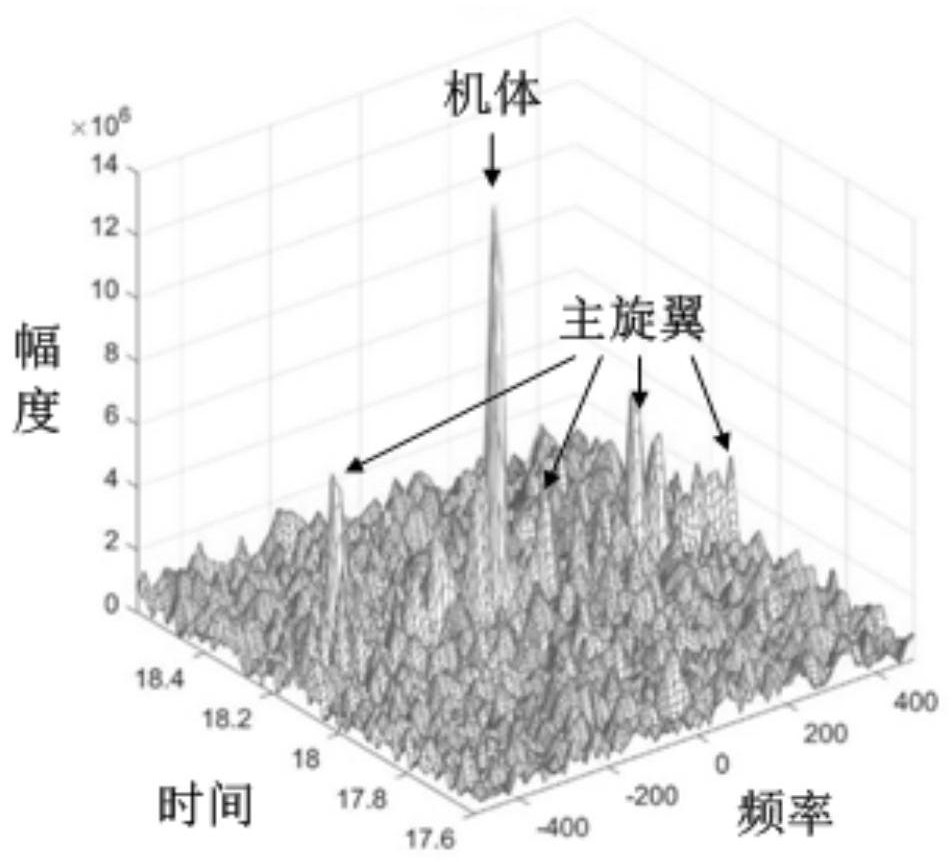Helicopter Target Recognition Method under Radar LPRF Working Condition
A technology for working conditions and target recognition, applied in radio wave measurement systems, instruments, etc., can solve the problems of narrowing the range of radar speed measurement and fuzzy speed measurement, and achieve the effect of improving the recognition probability and promoting the application prospect.
- Summary
- Abstract
- Description
- Claims
- Application Information
AI Technical Summary
Problems solved by technology
Method used
Image
Examples
Embodiment Construction
[0039] based on the following Figure 1 ~ Figure 7b , specifically explain the preferred embodiment of the present invention.
[0040] Such as figure 1 As shown, the present invention provides a helicopter target recognition method under a radar LPRF operating condition, comprising the following steps:
[0041] Step S1, constructing a time-frequency two-dimensional distribution map of radar echoes under LPRF operating conditions, and performing time-frequency two-dimensional analysis on helicopter echoes based on actual measurement data, to obtain the distribution characteristics of helicopter main rotor echoes in the frequency dimension;
[0042] Step S2, removing the airframe echo from the time-frequency two-dimensional distribution data and retaining the main rotor echo, using the measured main rotor echo data for training to form a frequency domain template as a reference for helicopter target recognition;
[0043] Step S3, traversing the frequency domain template on the...
PUM
 Login to View More
Login to View More Abstract
Description
Claims
Application Information
 Login to View More
Login to View More - R&D
- Intellectual Property
- Life Sciences
- Materials
- Tech Scout
- Unparalleled Data Quality
- Higher Quality Content
- 60% Fewer Hallucinations
Browse by: Latest US Patents, China's latest patents, Technical Efficacy Thesaurus, Application Domain, Technology Topic, Popular Technical Reports.
© 2025 PatSnap. All rights reserved.Legal|Privacy policy|Modern Slavery Act Transparency Statement|Sitemap|About US| Contact US: help@patsnap.com



